Light and Space Art Movement - James Turrell
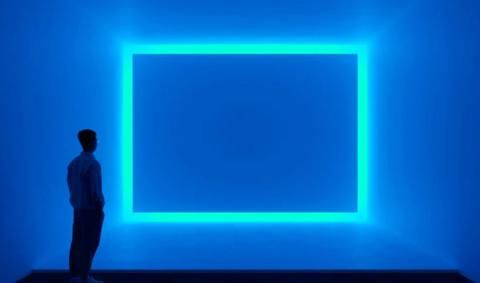
Following on from my recent post titled Light and Space Art Movement - An Introduction (Bookmark Link below) today we look at the work of James Turrell, an artist that fascinated me after seeing his Raemar, Blue at an exhibition titled Light in Melbourne during June, 2022.
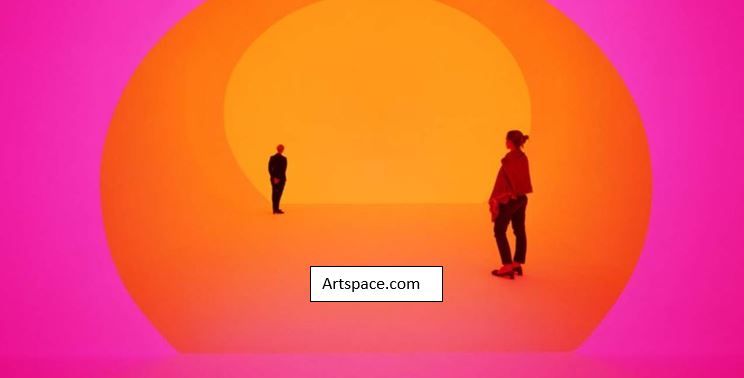
For over half a century, the American artist James Turrell has worked directly with light and space to create artworks that engage viewers with the limits and wonder of human perception. Turrell, an avid pilot who has logged over twelve thousand hours flying, considers the sky as his studio, material and canvas. New Yorker critic Calvin Tompkins writes, 'His work is not about light, or a record of light; it is light — the physical presence of light made manifest in sensory form.' 1
Some of his individual light works are shown below:
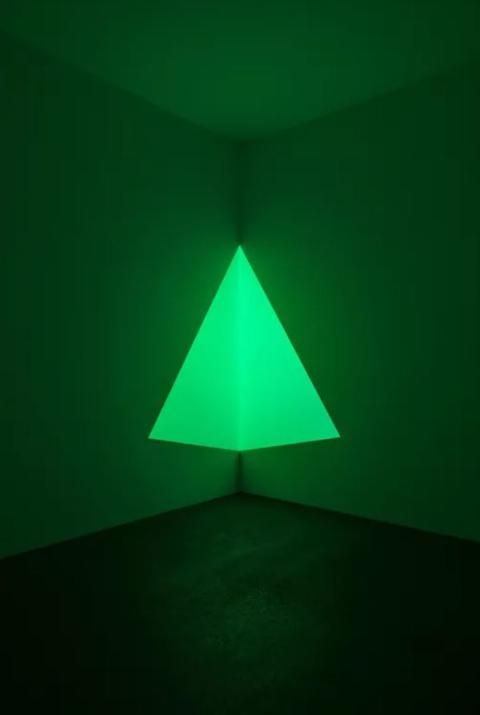
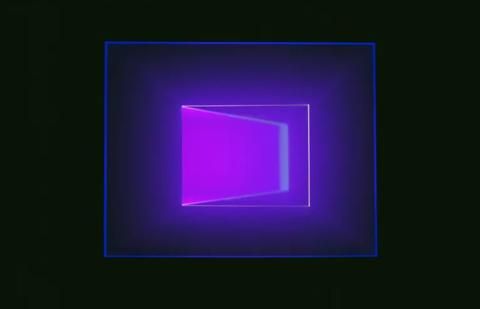
In a series of light works created and exhibited in his Santa Monica studio, he paired Projection Pieces with structural cuts in the building, creating apertures open to the light outside. These investigations aligning and mixing interior and exterior, formed the groundwork for the open sky spaces found in his later Skyspace, Tunnel and Crater artworks.1
In 2013 James Turrell created an installation specifically for the Guggenheim in New York that reimagines the rotunda of Frank Lloyd Wright’s iconic building as luminous and immersive.
In Aten Reign, below, daylight from the museum’s oculus streams down to light the deepest layer of a massive assembly suspended from the ceiling. Turrell presents an entirely new encounter with the building, drawing attention away from the boundaries toward the interior and fashioning what he has described as “an architecture of space created with light.”2
The longer video towards the end of this post will take you into this space to give you a sense of what it would feel like.
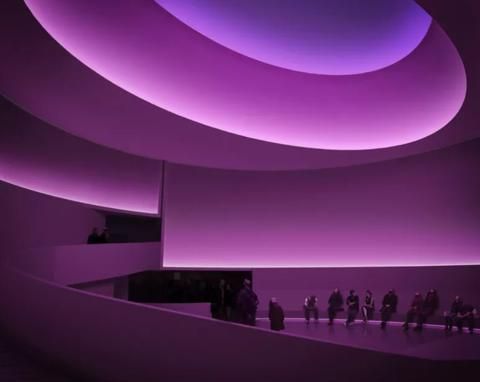
Created and exhibited in his Santa Monica studio, he paired Projection Pieces with structural cuts in the building, creating apertures open to the light outside. These investigations aligning and mixing interior and exterior, formed the groundwork for the open sky spaces found in his later Skyspace, Tunnel and Crater artworks.
Turrell often cites the Parable of Plato’s Cave to introduce the notion that we are living in a reality of our own creation, subject to our human sensory limitations as well as contextual and cultural norms. This is evident in Turrell’s 80+ Skyspaces, chambers with an aperture in the ceiling open to the sky. The simple act of witnessing the sky from within a Turrell Skyspace, notably at dawn and dusk, reveals how we internally create the colors we see and thus, our perceived reality.1
Two of these Skyscapes are shown below. Within Without at the National Gallery of Australia in Canberra and Celestial Vault, The Hague, Netherlands.
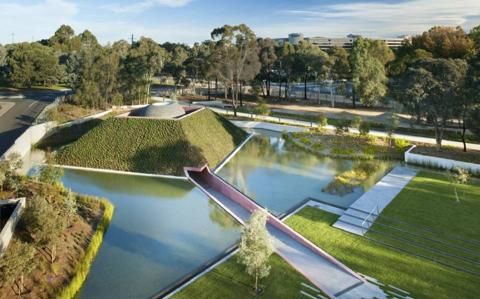
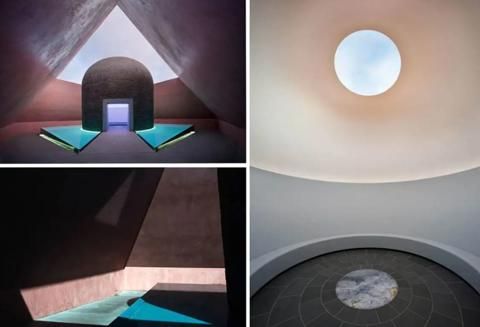
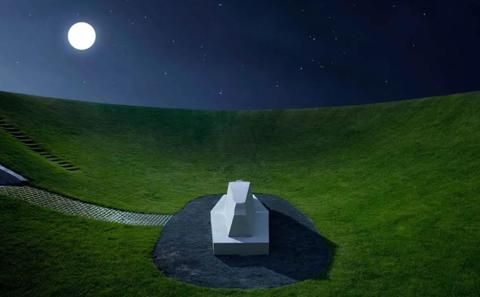
In 1977 Turrell began a monumental project at Roden Crater, an extinct volcano in northern Arizona. Turrell has sculpted the dimensions of the crater bowl and cut a series of chambers, tunnels and apertures within the volcano that heighten our sense of the heavens and earth.
While Roden Crater is not yet open to the public, Turrell has installed works in twenty-two countries and in seventeen US states that are open to the public or can be viewed by appointment, which showcase many of the principles and features embedded within Roden Crater.1
Meet James Turrell as he discusses his art in this 8min video made as part of the Guggenheim exhibtion in 2013.
As you will hear James Turrell wants people to experience his art first hand to gain a true understanding of what he is aiming to achieve.
While this 2.5min video made by the National Gallery of Australia provides further insight.
My work has no object, no image and no focus. With no object, no image and no focus, what are you looking at? You are looking at you looking. What is important to me is to create an experience of wordless thought.
James Turrell 1
I have been completely blown away by James Turrell's visionary artworks and will look out for them in my future travels.
If you would like to express your opinion or if you have seen any of James Turrell's works, please let us know in the comments box below.
Credits
1. jamesturrell.com
2. Guggenheim.org

